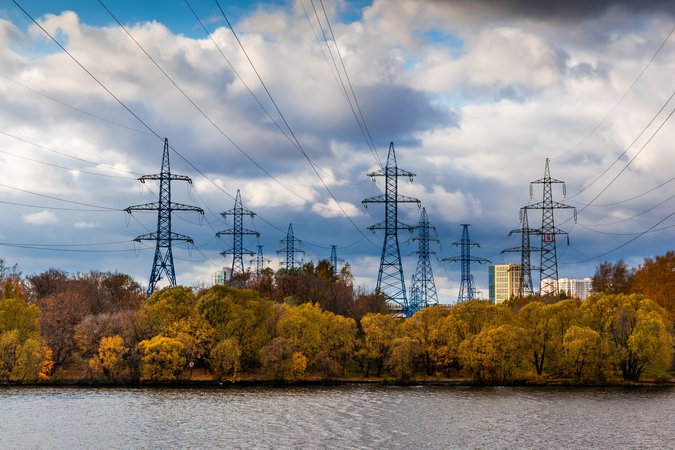Cost-Effectiveness of Electricity Energy Efficiency Programs
After nearly three decades of experience with utility-run electricity energy efficiency programs, a good deal of controversy remains over how effective these programs have been in reducing electricity consumption and at what cost. Estimates of the cost-effectiveness, or cost per kilowatt hour saved, of past energy efficiency demand-side-management programs range widely—from just below 1 cent per kWh saved to more than 20 cents.
A new RFF Discussion Paper by RFF Senior Fellow Karen Palmer, Fellow Shanjun Li, and their colleagues examines over 15 years’ worth of data from utility and electric rate-payer-funded state energy efficiency programs and finds:
- Utility and state programs funded by utility rate payers produced an estimated 1 percent savings in electricity consumption over 1992–2006 and almost 2 percent cumulative savings over all years.
- The energy savings came at an expected average cost to utilities of roughly 5 cents per kWh saved when future electricity savings are discounted at a standard discount rate of 5 percent.
- Electricity efficiency programs have roughly constant returns to scale, at least for the levels of program spending observed in the data.
- The programs appear to be more effective in regions that employ decoupling regulation to separate utility revenues for distribution services from the amount of electricity that the utility sells.
- In strong housing markets, more stringent building codes can successfully reduce electricity demand.
Authors

Toshi Arimura






